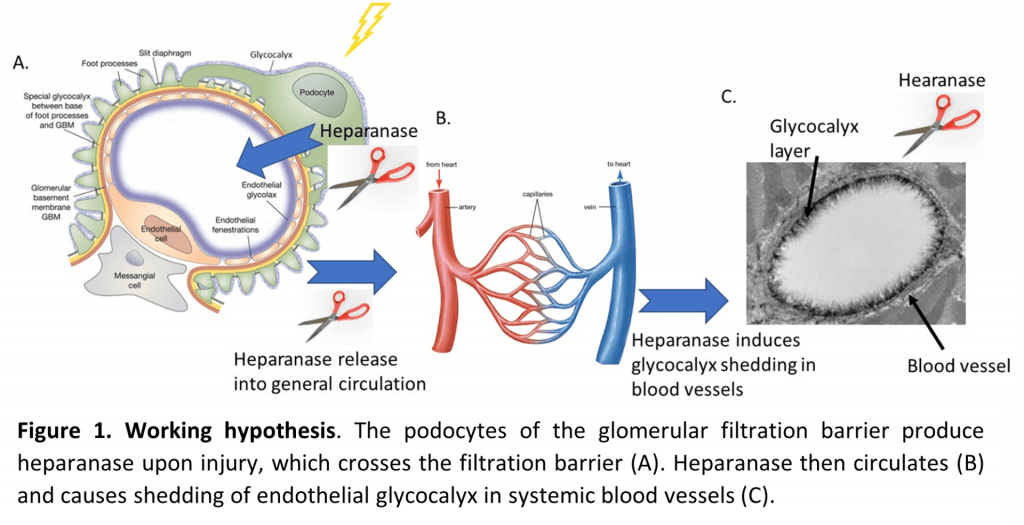A CiC award will enable Eva Sammut to test the safety and feasibility of a novel device to reinstate RSA in dyssynchronous heart failure.
Confidence in Concept (CiC) awards fund proof of concept studies, which provide robust evidence of the feasibility of a proposed solution to a clinical need.
Dr Eva Sammut, NIHR-funded academic clinical lecturer in Cardiology at the BHI, received a £100K Elizabeth Blackwell Institute MRC CiC award in January to look at the feasibility, safety and effectiveness of a novel device to restore respiratory sinus arrhythmia in patients with heart failure.
Q: Why is your research significant?
Heart failure is a global clinical pandemic with clear unmet clinical need. Despite some advancements in therapy, prognosis remains poor with a 50 per cent five-year mortality representing a significant societal and healthcare burden.
Respiratory sinus arrhythmia (RSA) is a physiological phenomenon of a subtle increase of heart rate during inspiration and the converse during expiration. RSA is a major component of physiological heart rate variability, a sign of good cardiac health, and is known to be lost in patients with heart failure. Loss of RSA is associated with increased ventricular arrhythmia and sudden cardiac death. Restoring RSA in heart failure patients could improve their life expectancy and markedly reduce hospitalisation costs. Existing preclinical models are inadequate to validate the safety of new treatments in this priority area.
Q: What are you developing?
Our group have developed a novel device which is able to reinstate RSA. Our preliminary results are very promising and demonstrate feasibility. Further proof of concept data from an advanced preclinical model is now pivotal to ensure the safety, feasibility and applicability of the new device to progress it toward bedside to benefit patients.
This project will test the safety and feasibility of this new technology in the setting of dyssynchronous HF. This is a complex form of heart failure that responds poorly to the best available current treatment – a specialised pacemaker named cardiac resynchronisation therapy.
This study will be performed at the University’s Translational Biomedical Research Centre facility. We will develop an advanced preclinical model of dyssynchronous heart failure with balloon catheter myocardial infarction and superimposed pacemaker-induced ventricular dyssynchrony. Next, we will use this model to test this novel pacemaker approach to reinstating respiratory sinus arrhythmia in addition to cardiac resynchronisation therapy.
Q: Who are you working with?
A unique multidisciplinary team has been assembled including Professors Julian Paton, Raimondo Ascione and Alain Nogaret, and Drs Tom Johnson, Ed Duncan and Vito Domenico Bruno, who are co-applicants supporting this project.
We are also working in collaboration with Ceryx Medical, a spin out company formed by the universities of Bristol, Bath and Auckland.
Q: What next?
We are delighted to receive this funding to be able to take this exciting new technology to the next developmental stage. This project is critical to ensure safety, feasibility and applicability of the new device in this setting. If positive results are demonstrated this would pave the way for larger, efficacy translational studies, with a view to reach patients in the NHS within the next five to six years.
This post first appeared in the March 2021 BHI Newsletter


